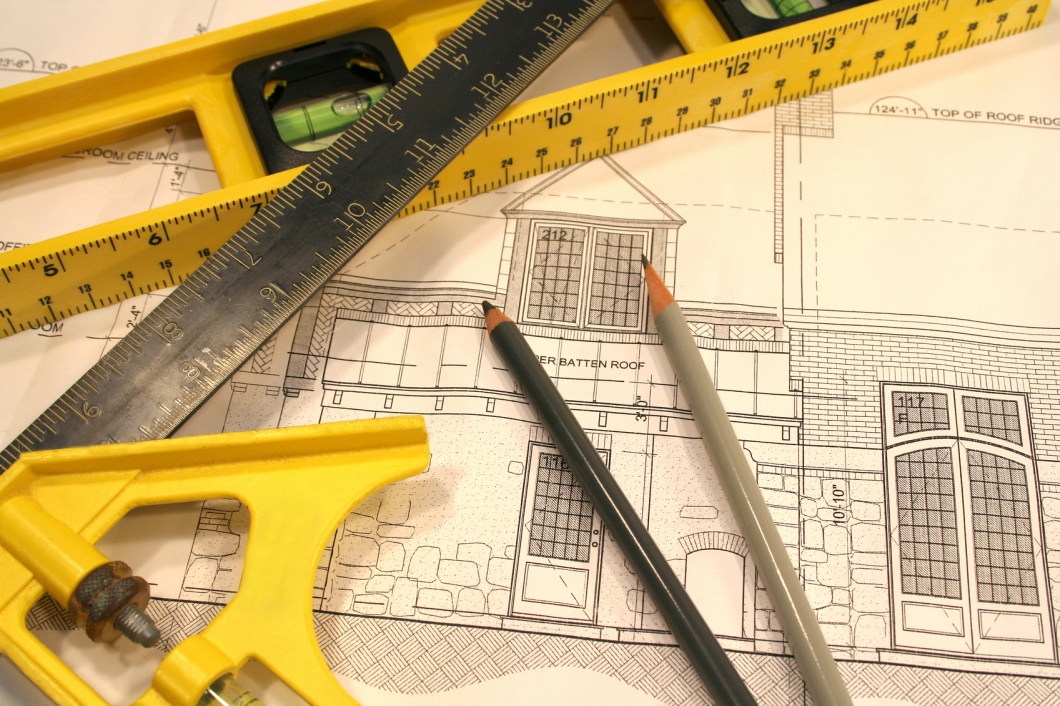It takes some know-how to get your house remodel from dream to reality without breaking the bank. While some folks may think they can save the most by doing it themselves, the reality is that redoing a house is a project for professionals. Here are some practical tips on how you and your remodel contractor can make the most of your remodeling budget.
Whole-House vs. Partial-House Remodel
Do you really need to gut your entire house and rearrange all the rooms? Every time you move a wall, you’re looking at moving pipes, wiring, and plumbing. There’s a lot of things hidden in those walls. If you do need to move things, move everything except the kitchen sink and the toilet. That’s because plumbing costs get expensive. You can also consider redoing only a portion of the house. For instance, you could focus on a kitchen remodel and merely update the colors and floor coverings throughout the rest of the house. However, if you intend to remodel your entire house eventually, it’s more cost effective to do it all at once.
Efficiency vs. Expansion
Focus on making your existing house more efficient instead of larger. For instance, opening up a drop ceiling can do wonders. Adding more light is another way to create a sense of spaciousness. There’s a nifty solution, called light tubes, that sit between rafters and strategically funnel some lovely sun rays into your living area for a third of the cost that it would take to cut out a hole and put in a new double-pane window. Maximize existing windows by installing double panes (which means that you can open your curtains more in the winter). If you have old windows, consider repairing them versus replacing them. Sometimes, truly old windows are high quality. Kitchen and bathroom remodels, especially, can get expensive. Consider innovative ways to expand the space you have without moving walls. Perhaps installing efficient shelving in your cupboards will solve your space issues.
Donate vs. Trash
Did you know that 85 percent of a house can be reused? You can donate unwanted materials to your local Habitat for Humanity. They can take all of it or some of it. Either way, you get to cash in on a charitable tax credit and minimize the amount of stuff that goes to an unsightly landfill. If you just get it hauled to the dump, you’ll need to pay for the cost to remove it. That can add up after a while.
Long-Lasting vs Cheap
It pays to choose quality instead of settling for the cheapest version of whatever materials you are buying. Quality materials last longer. Cheap materials may require repair or replacement much sooner down the road. However, you don’t need to purchase high-end materials just because they’re the most expensive. Sometimes, those are expensive simply because they look good and are on-trend. Ask your remodel contractor about sourcing materials from odds and ends he’s left with from other jobs.
When you want to remodel, but don’t want to end up with a bill that exceeds your budget, talk to your remodel contractor about these ideas for staying under budget. He may have a few ideas of his own to contribute. Just make sure your ideas are really money-saving and not cheap alternatives that will break the bank later.

